The Motability scheme is made to support people who have trouble moving around, like wheelchair users and others who have mobility issues, by helping them get a car that fits their needs and makes it easier for them to get around, at a lower cost.
The scheme also includes people who drive on behalf of someone with reduced mobility, and there are thousands of cars to choose from — almost every car you can buy is available through Motability.
Right now, Motability makes up one in every five new cars sold in the UK, which shows just how large the scheme has become. People who use the scheme don’t actually buy the car — they lease it, and the UK Government pays Motability directly for this.
When the cars are returned at the end of the lease, Motability sells them, and all the money is used to improve services for disabled people — no profits go to shareholders.
Some people still have the wrong idea about Motability cars — thinking they all have to be extremely accessible, or that disabled people shouldn’t have nicer models or the top versions of a car.
But almost any type of car can be chosen through Motability, and you can often add your own money on top of the amount the government covers if you want a larger or fancier car. On the other hand, you’ll usually need to do this if you’re looking for a car that’s specially changed to fit a wheelchair, since those changes can cost a lot.
If you don’t need a car with lots of accessibility features, there are plenty of options on the Motability scheme. While sports cars and supercars are usually not part of the scheme, you can choose a nice saloon, a high-end electric car, or just a small car for everyday use, depending on what suits you.
Also Read: 5 Trustworthy Cars and 5 Known for Trouble
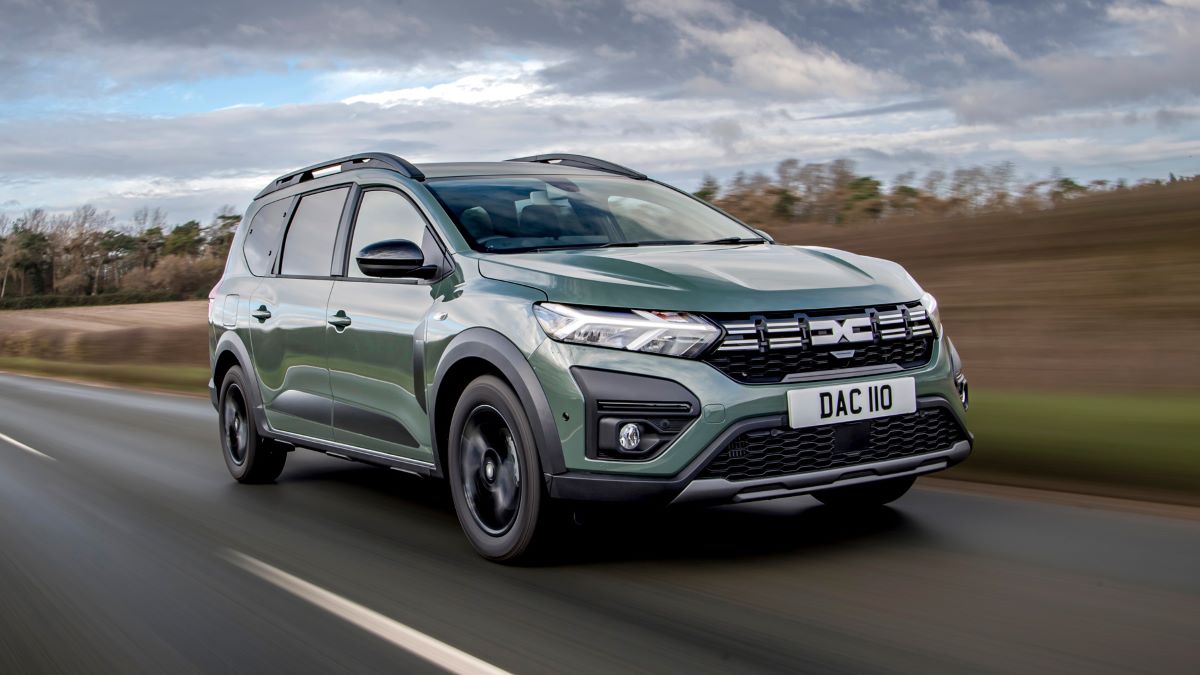
Dacia Jogger
If you want to understand how good the Jogger is, just check out its rare 9/10 rating. We don’t hand those out often, especially for a car from a budget brand. It gives you a lot for your money, and on top of that, it’s comfortable, very practical, and nicer inside than you’d expect for the price.
There’s even a hybrid version that not only saves fuel but also comes with a built-in automatic gearbox. One of the biggest advantages is the boot — not only does it fit two extra seats for a sixth or seventh person, but those seats can be taken out (though it’s a bit tricky) to give you a massive 700-litre space, which should be enough for most people.
Want to go camping? The Jogger can handle that too — there’s an extra Sleep Pack you can get, which clips into the back and folds out into a 1.9-metre futon-style bed that’s surprisingly comfortable.
That doesn’t mean the Jogger is without faults. The driving position could be improved, and the front seat doesn’t support the backs of your legs well on long trips. The six-speed manual gear stick is awkward because it’s too big, and the middle row of seats could use a bit more legroom. Since it’s a Dacia, there’s also a lot of cheap, hard plastic inside, but you can kind of overlook that.
When driving, the Jogger is okay, but nothing special. It handles bumps well enough, thanks to its long wheelbase, but the small 1.0-litre engine needs to be pushed hard to get decent performance.
It actually turns quite well, but it’s not really for people who enjoy sporty driving. In many ways, it’s a typical Dacia — quite cheap, a little rough around the edges, but you don’t mind because it didn’t cost much to begin with.
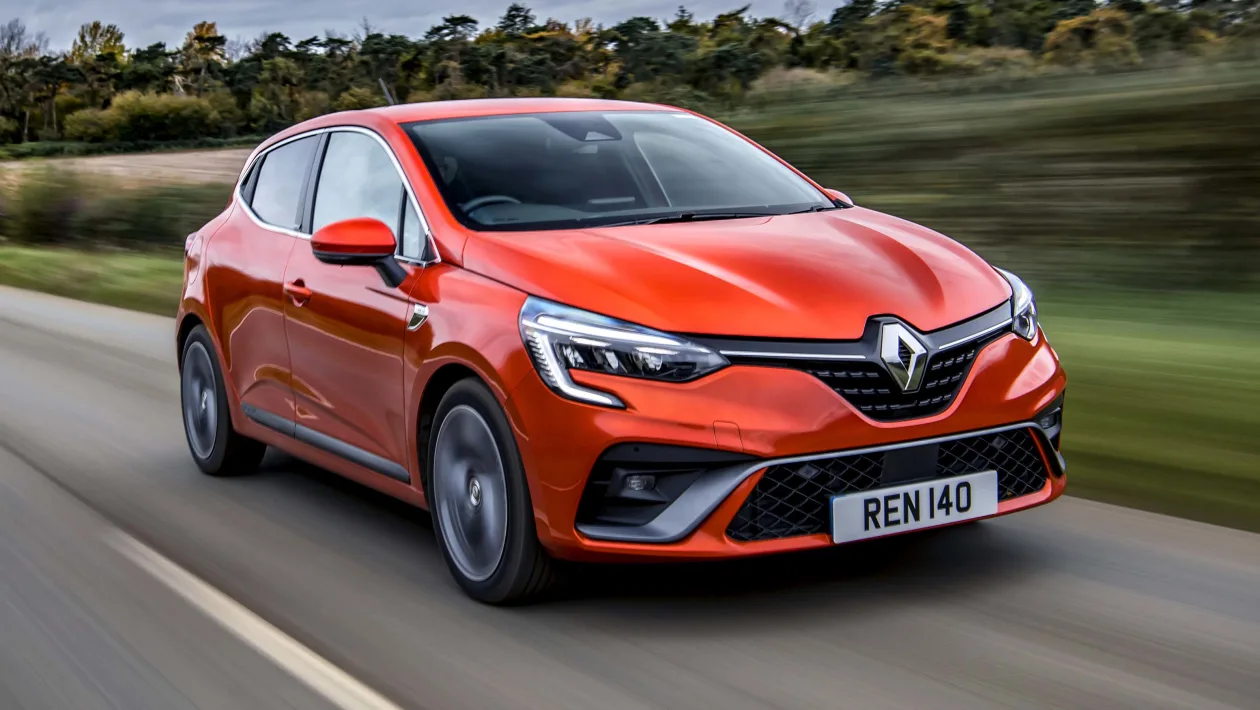
Renault Clio
The latest Clio keeps doing what it’s always done — it gives you a fuel-saving small car with a bit of style. The newest version has a fresh front-end design that makes it look updated, and the inside has been slightly improved too. It feels better built now, though there are still some flimsy bits of trim in the otherwise neat interior.
Higher-spec models come with a large, upright touchscreen. It doesn’t use the Google system found in bigger Renaults, but it’s still nice to use. It’s helpful that Renault still uses proper buttons for the air conditioning and heating.
The back seats don’t have much room, and leg space is tight if there’s a tall person in the front, but the boot is quite large — with 391 litres, the Clio actually has more boot space than the bigger VW Golf. There is a high step into the boot though, which makes lifting heavy stuff in a bit more difficult.
Basic Clio models have a 1.0-litre three-cylinder turbo petrol engine, which is actually all the car really needs. It’s a lively 90hp engine, sounds good when revved, and can give great fuel efficiency.
But if you mostly drive in town, you might like the 145hp 1.6 hybrid Clio instead. It has an automatic gearbox (a very complex one with four gears and two electric motors) which makes it smoother and easier in traffic. If you drive gently, it can almost reach 60mpg.
When it comes to driving, the Volkswagen Polo feels more refined, and the Clio does feel a bit too firm over bumps. Still, it’s quite fun to drive, with sharper steering than you’d expect and a lively feel when going around corners.

Peugeot 208
Small city cars don’t have to look plain; the Peugeot 208 is a great example of this. It might be Peugeot’s cheapest model, but it has a great design, and even though the model is a bit older now, it still looks modern and fresh.
The inside of the car is just as impressive, although the small, hexagonal steering wheel and the high instrument panel might not be to everyone’s taste. The front seats are comfortable, and the quality inside is high.
However, space in the back isn’t the best — taller passengers will have their knees pushed up against the front seats. The boot is a good size, although it’s smaller than the boot in the Renault Clio.
The standard engine is a lively 1.2-litre petrol with 100hp and a manual gearbox. It’s a great engine with lots of power, but you should be careful with the ‘wet belt’ cambelt setup when thinking about future reliability.
If you want an automatic gearbox, you need to choose the new hybrid version, which comes with either 100hp or 136hp, and can easily achieve more than 60mpg.
If you’re looking for an all-electric version, just keep in mind that the 208 comes with two different battery sizes — one with a range of 224 miles (which will be much less in real-life conditions) and another with a 250-mile range (which will give about 220 miles in real-world driving). It’s also worth noting that public charging points might not always be wheelchair accessible for Motability customers.
The 208 is enjoyable to drive — it’s better if you go for the lightest 1.2 petrol engine and the smallest wheels, as larger optional alloys can make the ride bumpier. The small steering wheel makes it feel more responsive than it actually is, but the Renault Clio is actually a bit more fun to drive.
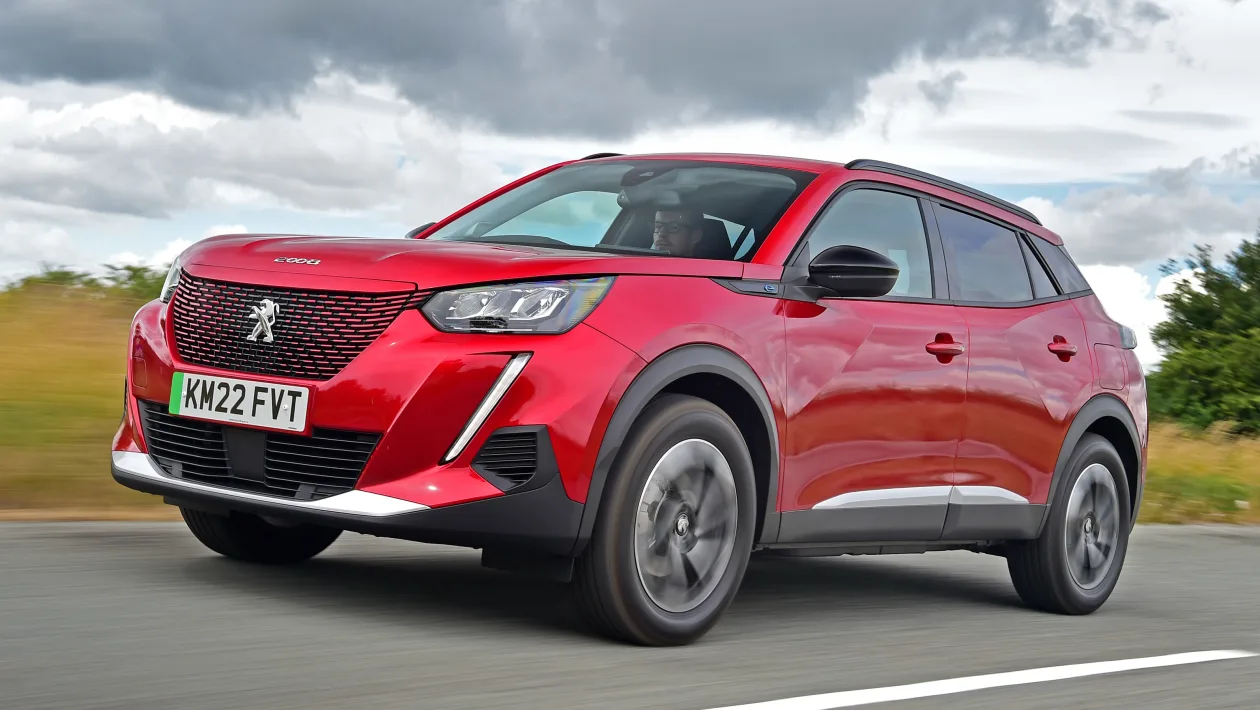
Peugeot 2008
The Peugeot 208 might feel a bit small for some people, so if you’re looking for a small and stylish crossover that has the same eye-catching interior but more room, the Peugeot 2008 could be a good choice. Underneath, it shares the same parts as the 208, so you can choose from the same 1.2-litre petrol and hybrid engines, or go for the fully-electric version.
Just like the smaller car, the design stands out, and the bold LED daytime running lights make the front of the 2008 look very unique.
Inside, it shares a lot with the 208, so you get the same small steering wheel and raised instrument display. However, there’s definitely more room in the front for taller drivers, even though the area around the pedals might feel a bit cramped for people with larger feet.
The space in the back is reasonable and definitely better than what you get in the 208. But if you’re looking for even more back seat space in a small SUV, the Skoda Kamiq might suit you better.
The 2008 doesn’t cost much to run, thanks to the fuel efficiency of the petrol and hybrid options. If you’re open to driving an electric car — though keep in mind that not all charging stations are accessible for wheelchairs, the E-2008 has a range of 250 miles (about 200 in real conditions), which should be enough for some drivers. It works well as a small electric car for city use.
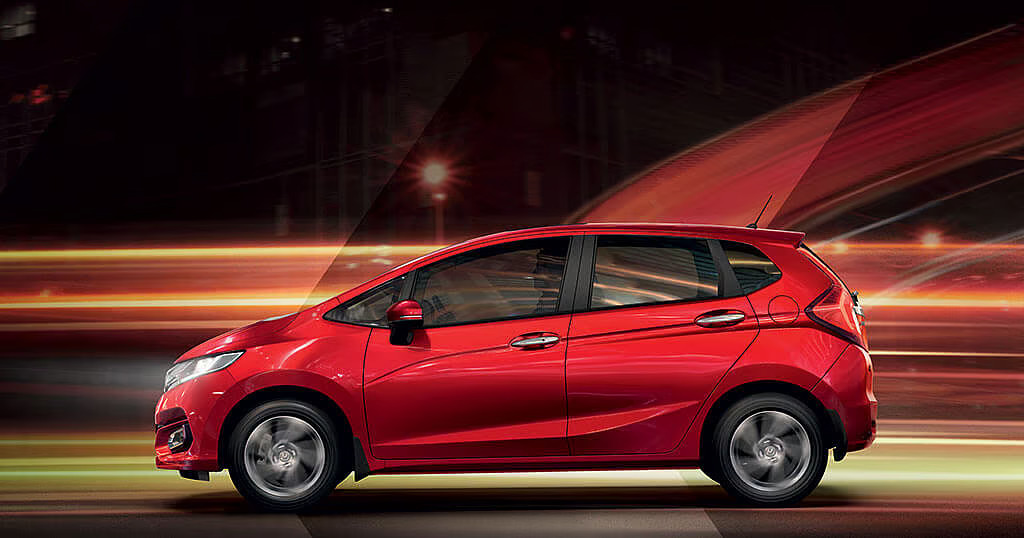
Honda Jazz
For many years, the Honda Jazz has been a great option if you want something simple, trustworthy, and useful. This version of the Jazz might look a bit more eye-catching than older ones, but deep down, it’s still the same reliable car.
It’s not the most exciting car to drive — a VW Polo, a Peugeot 208, and even a Skoda Fabia are more enjoyable when you’re behind the wheel, but the Jazz gives off a sense of plain, solid logic. Think of it like wearing sensible trousers and comfortable shoes instead of skinny jeans and high heels.
The design of this generation of Jazz is at least more appealing than it used to be, and even though it’s tall and spacious, Honda has put thought into its shape to help it use less fuel. It also has a kind and expressive-looking front.
Inside, there’s a mix of surfaces and materials so the inside doesn’t end up looking too dull, and it comes with a good amount of features. The large windows and roomy feel make the Jazz seem almost like a small moving living room, and it’s very pleasant to sit in too.
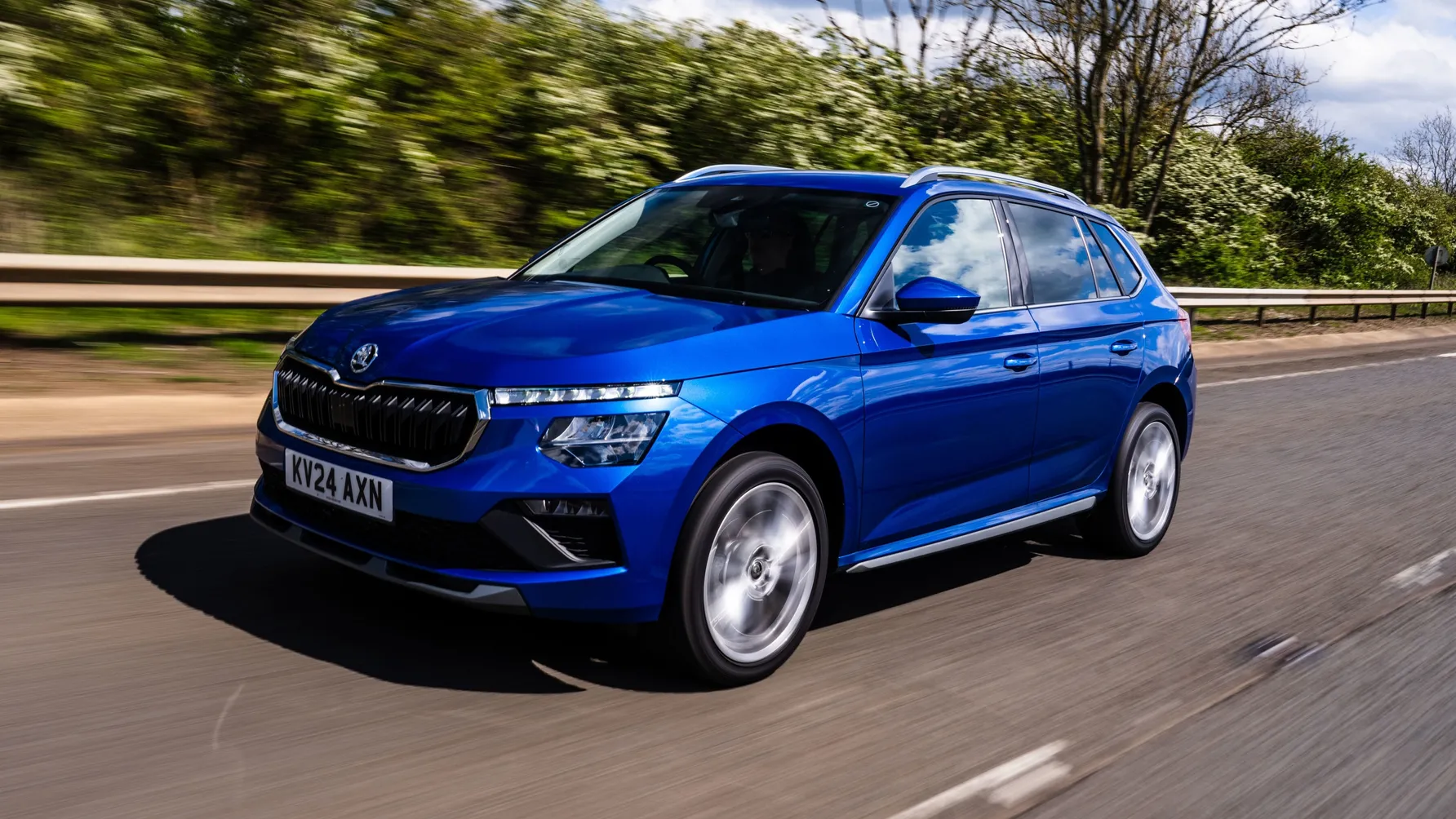
Skoda Kamiq
This practical crossover might not be the most stylish or offer the most fun driving experience, but it focuses on practicality, comfort, and space inside the cabin.
In terms of style, it’s not as modern as other Skoda models like the electric Enyaq and Elroq, which look much more up-to-date. However, even though the Kamiq isn’t the most exciting car to look at, it still has a smart design, and the Monte Carlo edition actually looks a bit sporty.
Inside, it’s a similar story. While other Skoda models like the Enyaq, Elroq, and the larger Superb are competing with luxury brands for cabin quality and design, the Kamiq is starting to look a bit outdated. On the plus side, this means that things like the touchscreen are easier to use than in newer cars, and the quality inside is excellent. The space is impressive too, and the Kamiq has a large boot for this class of car.
The best engine in the lineup is the smooth 1.5-litre TSI turbo petrol, but it’s unfortunate that Skoda doesn’t offer any hybrid or fully electric versions of the Kamiq, which limits its appeal somewhat. It’s a nice car to drive — smooth and steady — but it’s not the most exciting driving experience.
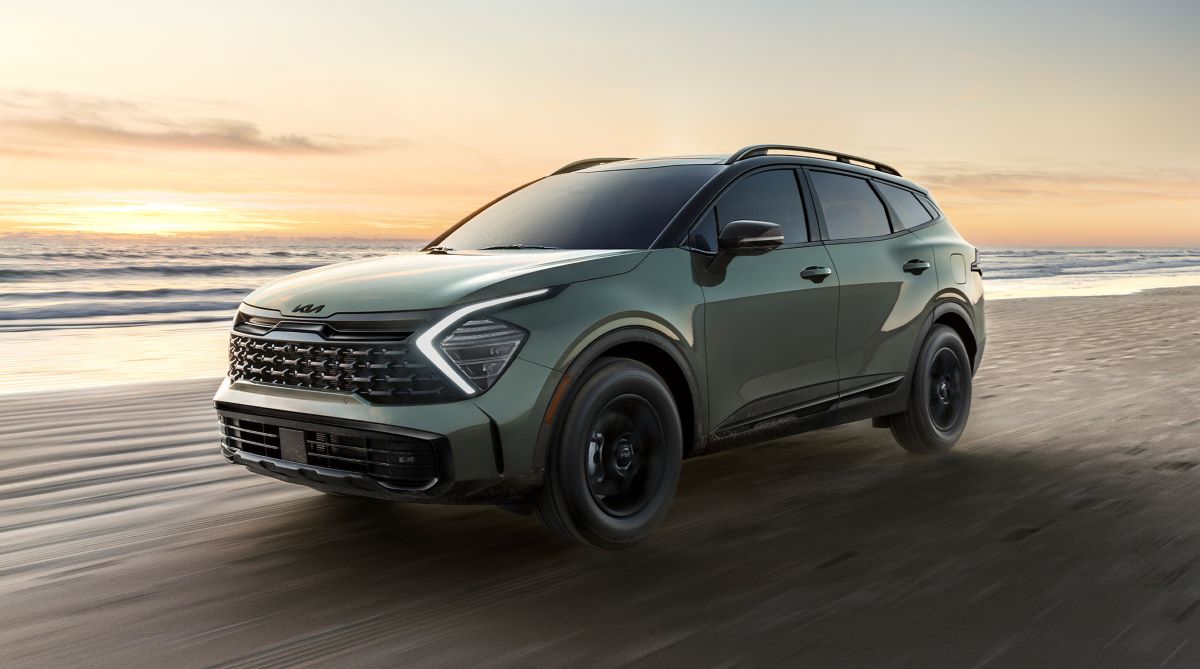
Kia Sportage
The latest Kia Sportage takes all the usual family car features, like a spacious cabin and an easy driving experience, and gives them a smart and stylish look that’s genuinely attractive. There’s a lot of tech inside, and the smooth hybrid and plug-in hybrid powertrains help keep running costs low.
You could say the same about the Hyundai Tucson, which is basically the same car under the surface, but we prefer the Kia’s character and the way it drives, which feels a bit sharper than most mid-size SUVs.
The large digital dashboard might seem intimidating if you’re not used to touchscreens in cars, but Kia has made it easier to use by adding a useful shortcut bar that switches between climate control and infotainment. Space inside is great, as is comfort, and the whole car is well put together. The boot is a good size, but keep in mind that you’ll have a bit less luggage space if you choose the plug-in hybrid.
The plug-in hybrid is a great choice if most of your driving is short trips with the occasional longer journey. For those who drive longer distances regularly, the non-plug-in hybrid version is a better choice, though both models can use more fuel on the motorway.
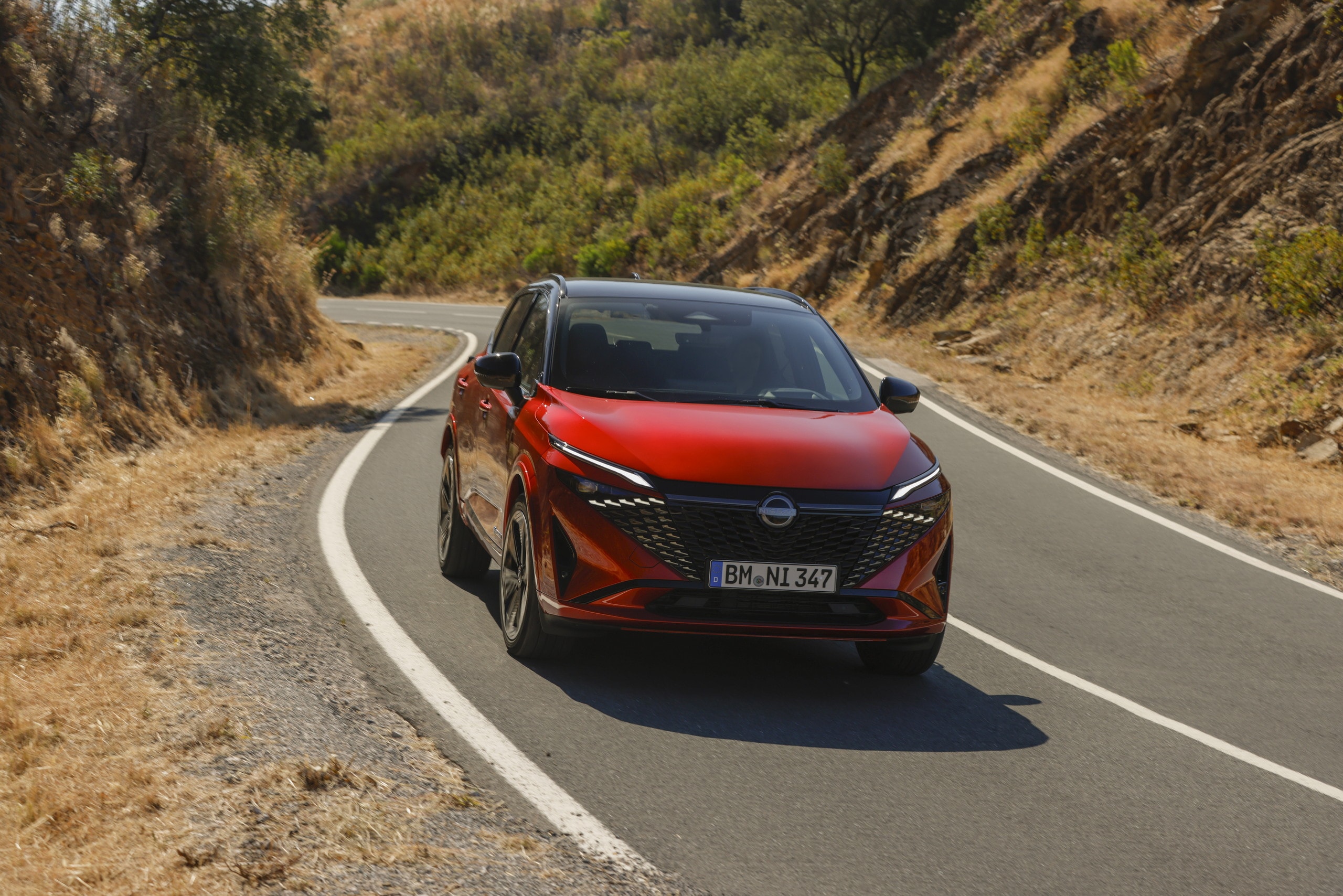
Nissan Qashqai
The Qashqai is a great choice for a Motability car, mainly because it has smart features like doors that open wide, making it easier to get in and out of both the front and back seats, and a big, useful boot.
There was never anything wrong with the inside, except for some graphics on the digital instrument display and the main touchscreen that look a bit cheap.
The infotainment system is tricky to use, with some functions hidden under confusing menus, but many cars have this issue. The front seat lets you sit high, so the view out is good, which is helpful when driving in tight spaces in the city.
The e-Power hybrid version is very fuel-efficient in town, but not as much on the motorway. Nissan plans to update the system later this year to improve long-distance fuel economy. For now, the regular 1.3 petrol turbo model with its mild hybrid system is probably a better choice if you spend most of your time on the motorway.

Toyota Yaris
The Yaris offers a good level of features and is, surprisingly, fun to drive, while the hybrid engine keeps running costs low.
When it comes to style, the Yaris sticks to a design similar to previous versions, but one thing you really notice is how small it is. The Yaris is shorter than most of its competitors, which is good for driving in the city, but not as great for interior and boot space.
Inside, it’s as well-made as you’d expect from a Toyota, but some of the materials feel a bit cheap, which is a downside. The touchscreen infotainment system is fairly easy to use, but it’s still too complicated in some areas. Though, aren’t all car systems a bit tricky?
The Yaris makes up for this with its great fuel economy. The 1.5 hybrid engine is very efficient, and it’s not hard to get close to 60mpg with it, although that might drop if you’re driving a lot on the motorway.
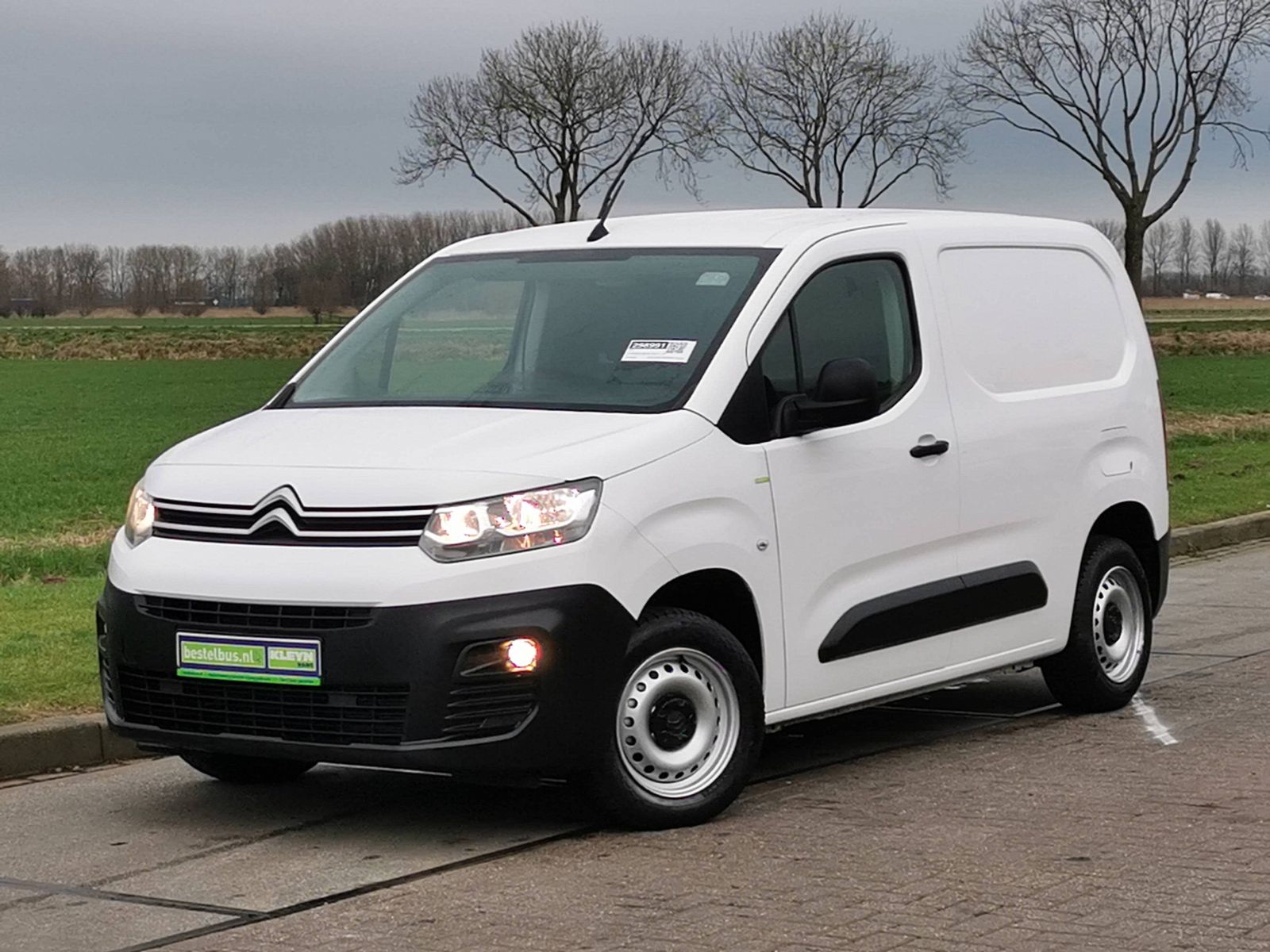
Citroen Berlingo
The easiest way to get a really practical car is to go for a van, and the Citroen Berlingo has been one of the top van-based cars you can buy for a while now.
From the outside, it still looks like a van, but Citroen gives you some nice color choices and exterior details so you won’t look like you’re driving a builder’s van with the company stickers removed. Still, what really makes the Berlingo good isn’t how it looks on the outside — it’s what’s inside that counts.
Yes, the materials inside feel really cheap and low quality, but the inside is made to be tough and roomy. There’s a touchscreen for entertainment and controls — although it’s really annoying and difficult to use — but the best things are the amount of space, the many storage spots, and the fact that the back seats are three separate ones, which gives you a lot of options.
Also Read: 10 of the Most Trusted Cars Ever Built In History
The sliding side doors are really helpful when parking in tight spaces, and there’s even a version with a longer body and seven seats if you want more room. The boot is huge — it can hold up to 800 litres in the long version.
There’s an all-electric version that’s good for short city trips, but it doesn’t go very far on a charge, so it’s probably better to choose the 1.2 petrol turbo or the diesel (yes, diesel is still available!).
None of the versions are very fun to drive, but the Berlingo moves along in a calm and easy-going way.

